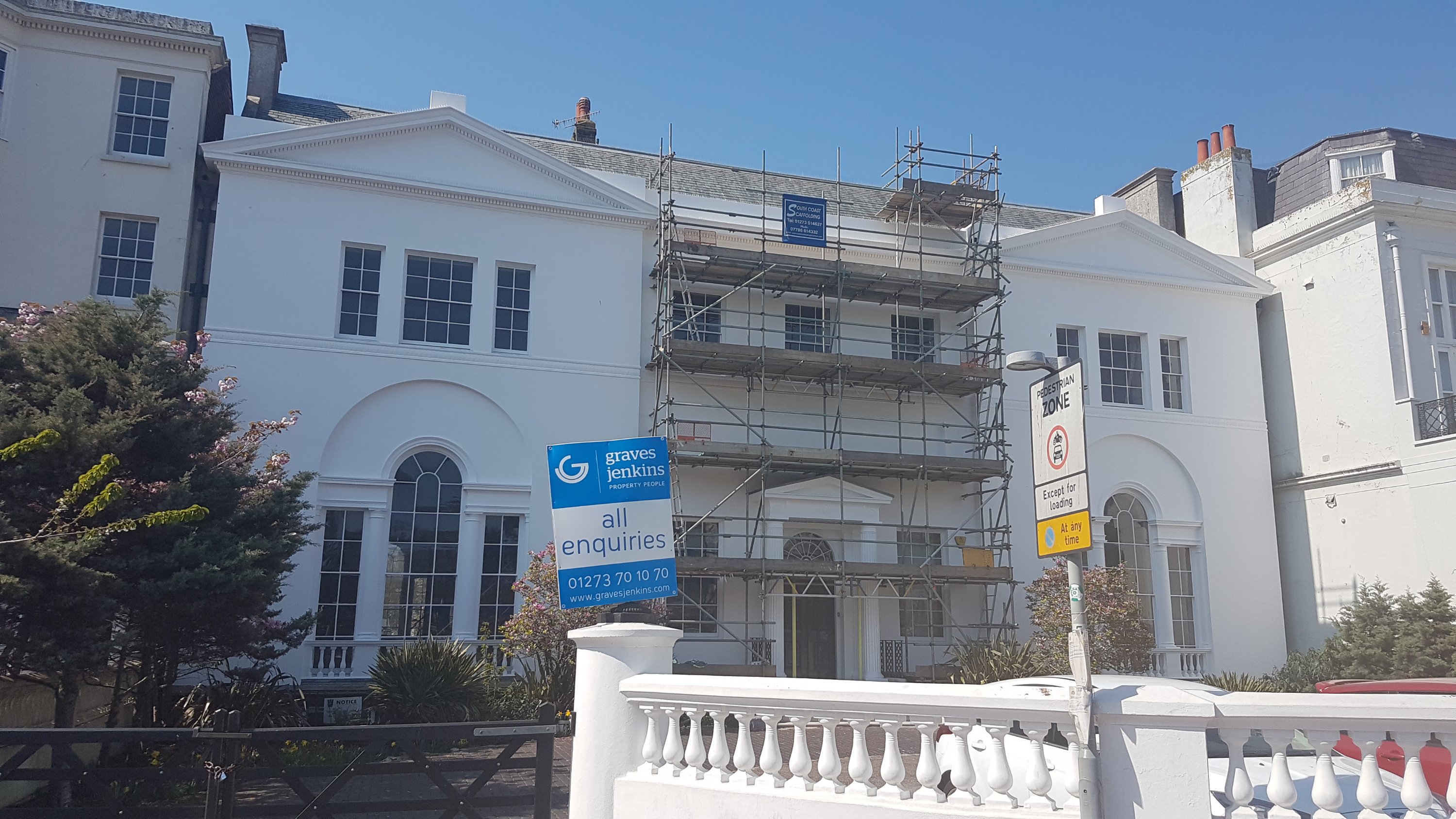
The owner of Brighton’s “most important residential building” is applying for thousands of pounds in court costs after the council dropped its planning prosecution against him.
Mr Antoniades was taken to court by Brighton and Hove City Council over two enforcement notices against him, the first for making a series of changes including demolishing a porch and installing Velux rooflights, and the second for repainting the frontage with modern paint.
But both were dropped, the second after a retrospective application was approved on appeal and the first after an application to reverse some of the changes was approved last month.
Meanwhile, Mr Antoniades has said he wants to turn the building into a wine bar, restaurant and hotel.
Yesterday, the prosecutions were formally withdrawn at Brighton Magistrates Court, and Mr Antoniades lawyers applied for costs.
The total figure is still being calculated, but they warned that the case had dragged on for 17 months and involved a considerable amount of specialist advice, suggesting the final figure will be a substantial one.
Paul Ashwell, appearing for Mr Antoniades, said: “The fault is starting the action in the first place.
“We didn’t attend every hearing, but we have been giving a great deal of specialist advice.
“These are unusual prosecutions – they involve the most important residential building in Brighton.
“That’s why there is a high degree of complexity and what has happened really is that Mr Antoniades team of all sorts of architectural, historic and planning assistants have been liasing with the council.
“This all against a background where the council was a leaseholder for the previous 130 years.
“It’s an unusual background.”
Marlborough House is currently being marketed To Let by Graves Jenkins and has been on the market for some months.
Originally built in about 1765 as a guest house, Marlborough House is one of the most architecturally and historically significant buildings in the city.
It was sold in 1786 to William Hamilton MP, who commissioned Robert Adam to enlarge and model it in the neoclassical style. Adam extended the house to the south, giving it a fashionable facade featuring a detailed doorway and Tuscan columns.
The Prince of Wales, later the Prince Regent and then George IV, came to stay in 1789 and 1795, while his Pavilion was being converted from a farmhouse into Nash’s masterpiece.
It is often described as the city’s finest Regency building, behind the Pavilion itself.
In the late nineteenth century, it was leased to the Brighton School Board, and served as education offices until 1974.
It then became a tourist information centre, before being closed in the mid-1990s ahead of its sale to Mr Antoniades for around £500,000.
Since then it has remained empty, with only occasional squatters moving in.








